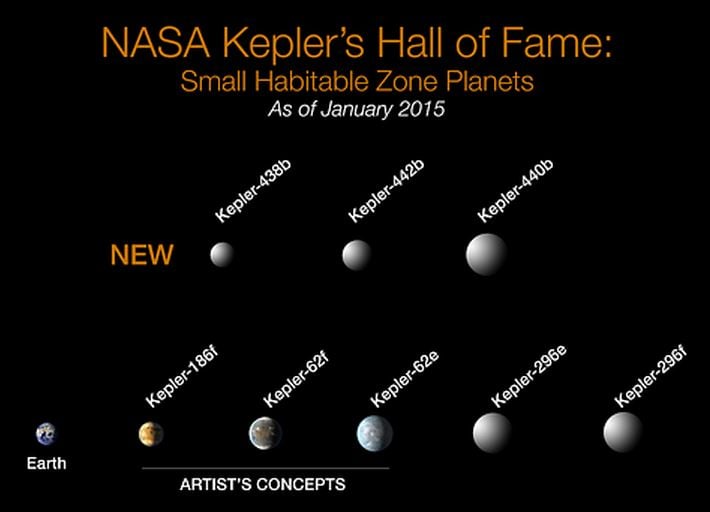In 2014, scientists discarded mysterious signals pointing to an Earth-like planet 20 million light years away as just noise in the data caused by starspots and ignored it. British scientists say the planet, known as GJ 581d, does exist and that the previous method was no good at finding smaller exoplanets.
The planet orbits a red dwarf called Gliese 581 in the constellation Libra. A red dwarf is a small and relatively cool star. The planet is in the Habitable Zone, known informally as the Goldilocks Zone, because given its distance from its sun and the likelihood of having an atmosphere and liquid water, conditions could be “just right” for there being life there.
In this latest study, carried out by scientists from Queen Mary University of London and the University of Hertfordshire, and published in the academic journal Science, the methods previously used to detect the planet and then rule it out are challenged.

Planet GJ 581 d really does exist and appears to be in the ‘Goldilocks Zone,’ say researchers. (Image: Queen Mary University of London)
The planet candidate was initially detected using a spectrometer which gauges the tiny changes in the wavelength of light emitted by a star. This is caused when orbiting planets move in front of it (the “wobble”).
In 2014, planet scientists who revisited the data collected in 2007 concluded that there was nothing there and what they were looking at was simply noise in the data caused by starspots (sunspots located on other stars). They were certain their conclusion was right and the matter seemed settled…, until now.
Old method cannot detect smaller planets
The statistical technique used in 2014 to account for stellar activity was “simply inadequate for identifying small planets like GJ 581d,” the researchers say.
The old method is fine when you are seeking out larger planets, because their wobble effect is so great than all other possible errors are negated. However, it is no good for finding small planets that are close to or within the noise caused by the star’s own variability.
After looking at the data again using a more accurate model, lead author Dr. Guillem Anglada-Escudé and colleagues say they are “highly confident” that GJ 581d is a real planet, despite starspot noise.
Dr. Anglada-Escudé, said:
“The existence, or not, of GJ 581d is significant because it was the first Earth-like planet discovered in the ‘Goldilocks’-zone around another star and it is a benchmark case for the Doppler technique.”
“There are always discussions among scientists about the ways we interpret data but I’m confident that GJ 581d has been in orbit around Gliese 581 all along. In any case, the strength of their statement was way too strong. If they way to treat the data had been right, then some planet search projects at several ground-based observatories would need to be significantly revised as they are all aiming to detect even smaller planets. One needs to be more careful with these kind of claims.”
GJ 581d might be very Earth-like
If the latest study proves true and GJ 581d really does exist, it might be one of the most Earth-like planets discovered so far, as ranked by the Earth Similarity Index. However, its surface may be quite different.

NASA’s Kepler Space Telescope has detected more than 1,000 planets. Eight of them are less than twice Earth-size and within their stars’ habitable zone. (Image: NASA Kepler’s Hall of Fame)
According to some studies, the atmosphere in GJ 581d is much denser than ours, while the dim light of its dwarf star would make for a gloomy environment that would be toxic for humans.
The Earth Similarity Index incorporates several factors, such as surface temperature, planet density, and the possibility of there being liquid water, in a scale of 0 to 1 (Earth is 1). GJ 581d is the most Earth-like planet yet detected, with an estimated Index of 0.89.
Citation: Guillem Anglada-Escudé and Mikko Tuomi. “Comment on ‘Stellar activity masquerading as planets in the habitable zone of the M dwarf Gliese 581′,” Science. Published on 6th March, 2015. DOI:10.1126/science.1260796.
Video – GJ 581d
